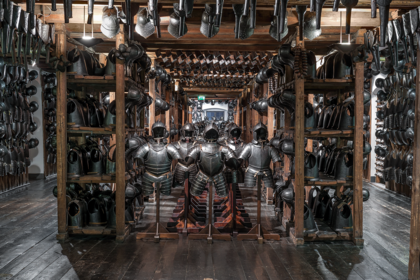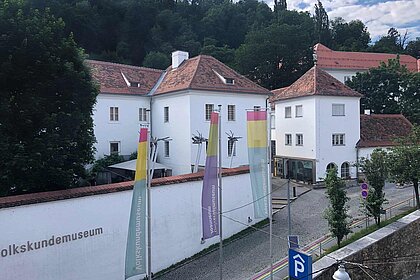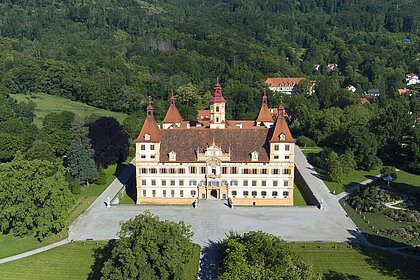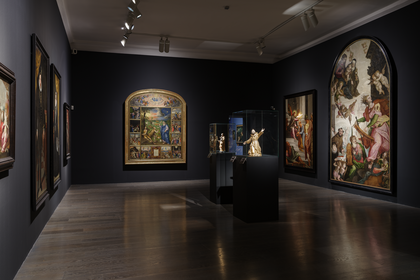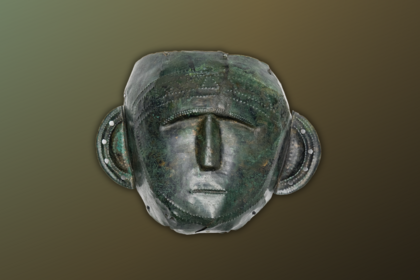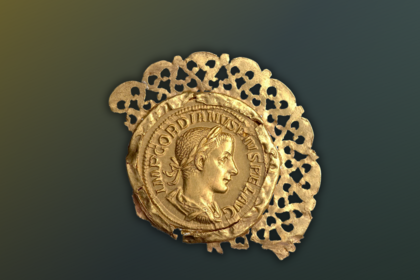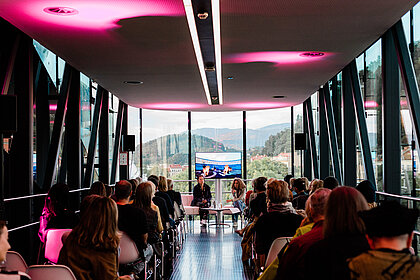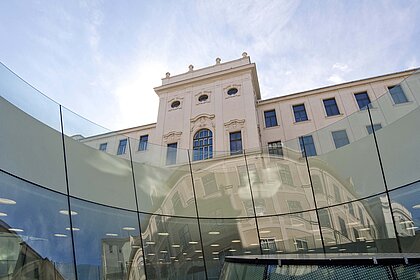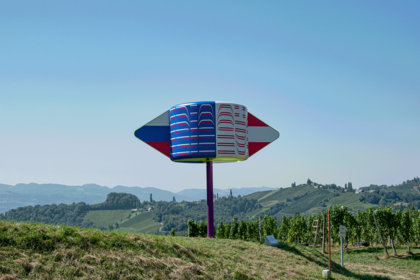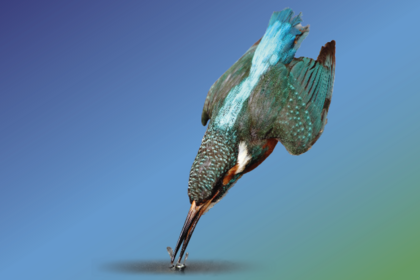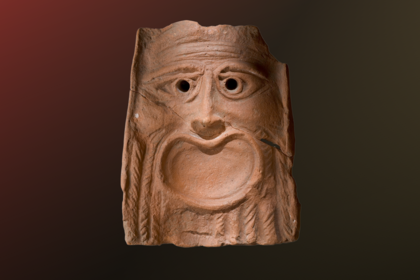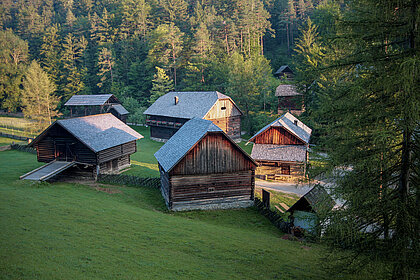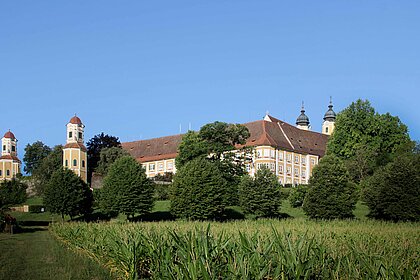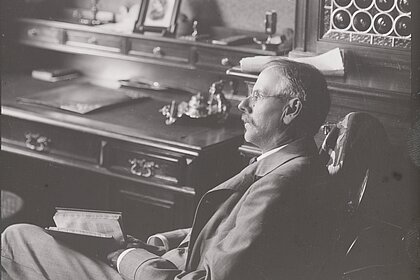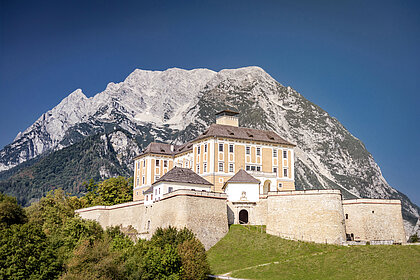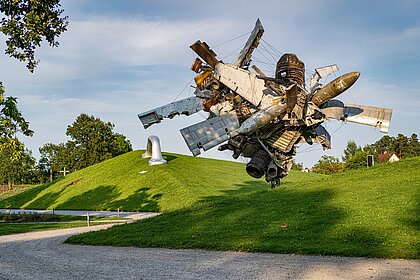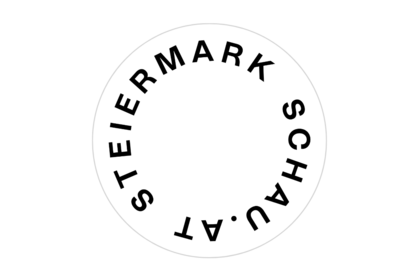Programme
Archive
2023
16.03. - 17.03.
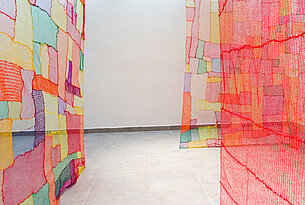
Prospects for openness
Diversity and critique of discrimination in museums
Processes of opening up on all levels—in terms of staff, programmes, and audiences—are currently a key agenda item of those museums wishing to redefine their mission and relevance in the context of heterogeneous societies. In view of the demographic realities, new structural approaches and strategies to curatorial and educational work are to be discussed as part of Prospects for Openness.
2023
27.02. - 28.02.
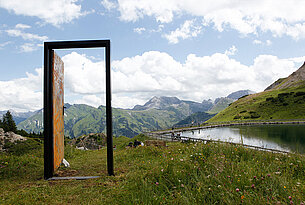
Being relevant locally
Rural museums as social spaces
Rural areas have been ascribed various attributes. From an urban perspective, the “countryside” is the object of projections: from a bucolic place of longing on the one hand to images of backwardness or structural weakness on the other. However, the once clearly perceived line between “urban” and “rural” lifestyles seems to be steadily disappearing in light of an increasingly more mobile and connected world. Traditional attributions—as well as traditionalising self-conceptions in terms of culturally homogeneous communities—no longer represent the realities of rural life.
2022
20.10. - 21.10.
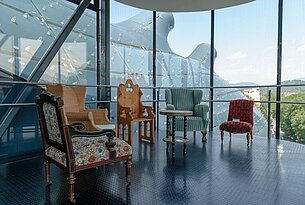
Collecting in connection
Alternative collections in contemporary art institutions
The question of collecting is increasingly becoming the focus of attention once again—in contemporary art museums too. Their realignment as venues where it is possible to reflect on contemporary and future societal challenges also provides alternative opportunities for the practice of collecting as the central aspect of museum work.
2022
19.09. - 20.09.
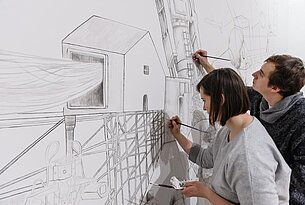
Graphic narratives in space
Illustration practices and comics as tools in exhibitions
Graphic stories in the form of comics, cartoons, and graphic novels have long since made their way as pieces into museums—as art forms and integral parts of popular culture. What is relatively new, however, is that illustration itself has been found to be an alternative method of organising and displaying the content of exhibitions. The combination of text and image makes it possible to reduce complexity while at the same time retaining it.
2022
24.08. - 26.08.
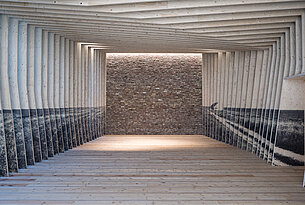
Berlin
What’s new?
Whether it be the progressive opening of the Humboldt Forum, the educationally interesting Anne Frank Centre, the new permanent collection and award-winning children’s world of the Jewish Museum Berlin, or the Documentation Centre for Displacement, Expulsion, Reconciliation and its controversial history of development—recently, there have been a number of (re)openings of established and new institutions in Berlin worth visiting.
2022
23.06. - 24.06.
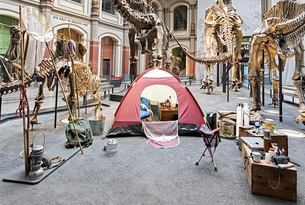
Activism and museums
Collaborations and processes of productive tension
New forms of collaboration increasingly go hand in hand with the aspiration of many museums to be a place of discussion on contemporary issues and to involve new groups of stakeholders. On an ever more frequent basis, major museums with hegemonic histories of establishment and existence are daring to address current, politically explosive issues and engage in discussion with activists. And these seem to find museums to be a useful platform for their concerns.
2022
23.05. - 24.05.
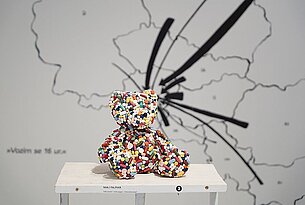
Work. Care. Museum
Concepts of care work in exhibitions
Our understanding of work is shifting: Not only is our work world changing dramatically, but our view of it as well. Museums are also helping to shape notions of work: What is represented in museums as “work”, and what activities are excluded from it, is part of this process of negotiation. The long-standing focus of museums on agricultural, artisanal, and industrial work is increasingly being challenged by current developments.
2022
25.04. - 26.04.
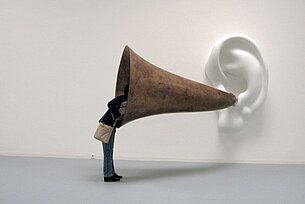
The museum as soundscape
Possibilities of acoustic exhibition design
The museum has maintained an ambivalent relationship with audio and sound sources. On the one hand, traditional museum etiquette calls for visitors to be quiet and mindful of the noise they make, while on the other hand, designed listening experiences are playing an ever-bigger role in exhibitions. The use of sound in museums extends from fully composed sound experiences that create a certain ambience or offer guidance, to making the human voice more audible, to strategies that allow us to perceive, for instance, the specific sound of a city or region. Sound, noise, or silence can also serve as the theme or tool of exhibitions.
2022
23.03. - 25.03.
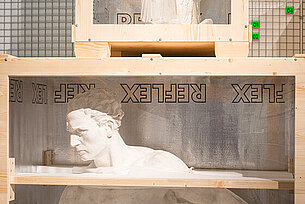
Under lock and key?
On dealing with Nazi art in museums
The legacy of National Socialism is often not visible in museum collections and goes far beyond what is commonly known as ‘looted art’. During the National Socialist era, many museums, through their acquisition policies and art dealings, expanded their collections, which were aligned with Nazi ideology—including art that explicitly conformed with the system and often remained in repositories after 1945. Also in the following decades, and up to this day, items with a Nazi history have found their way into museum collections through a variety of routes. There they are stored, often largely unnoticed and more or less under lock and key. Is that a good thing?
2022
11.03.
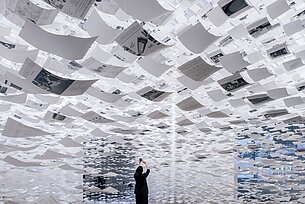
Broadening the museum as a place of learning
Digital formats for schools
The pandemic has fundamentally tested the relationship between museums and their audiences. This also applies for the long-standing connection with schools: If up till then museums had been established places of learning outside of schools, they were suddenly no longer available. Conversely, a vacuum opened up in museums, with the otherwise relatively steady stream of school groups staying at home. These exceptional circumstances have given rise to a wealth of new digital opportunities, specifically for schools.
2021
04.11. - 05.11.

Potential of postcards
Methodological questions on exhibiting, cataloguing, and communicating
Views of city boulevards or idyllic landscapes, of factories or holiday resorts, of alpine peaks or people in traditional dress: since the turn of the twentieth century, postcards have not only shaped the way people see their surroundings, but also the stereotypical image of the “other”. At the same time, postcards have had a broad impact on people communicating by means of images and launching new forms of social interaction and understanding. In their complex mediality, they are an interesting and worthy topic today for a variety of reasons—also and especially in museums.
2021
14.10. - 15.10.
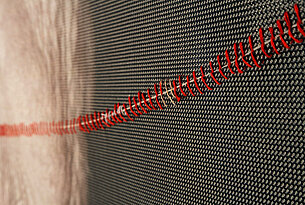
And now?
Perspectives on Holocaust education in museums
Holocaust education is currently undergoing a process of transformation in museums. Globalisation and digitalisation as well as the loss of eyewitnesses are crucial turning points in this change. At the same time, an increasingly (self-)critical attitude on the part of institutions, exhibition organisers, and educators is changing how museums present their holdings and design their educational programmes: of particular importance here are a reflective approach to images, new digital possibilities, a departure from the national narratives of memory culture, and an examination of one’s own role and that of the institution.
2021
22.09. - 24.09.
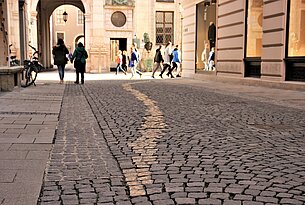
Munich
Visibility of history in public space
History shapes space. It manifests itself in the creation of new neighbourhoods and streets, prestigious buildings, and spacious squares. These traces are covered and written over by subsequent developments and events. In some cases, they are intentionally uncovered again later on and brought back into the mind of the public. This is also true of Munich: as the former “Capital of Movement,” Munich has many squares and sites connected with the history of National Socialism which today serve as places of learning and remembrance.
2021
17.06. - 18.06.

Climate. Activism. Museum
Cultural dimensions of the climate crisis
The extreme consequences of the climate crisis and the ongoing protests by young activists such as Fridays for Future have alarmed the general public in the last two years as never before. It is becoming increasingly clear that the climate crisis is not merely a natural disaster but depends on our actions—at least for now. Yet we also know that our actions are not based solely on reason but are culturally influenced and affected by emotions and values. More and more museums are addressing this topic in an attempt to explore the climate crisis not from the perspective of science, but in its cultural and socio-political dimensions.
2021
31.05. - 01.06.
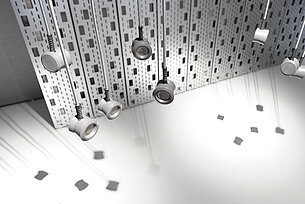
Having Their Say
Concepts for contemporary witnesses in exhibitions
More and more exhibitions are giving people the chance to speak. As contemporary witnesses, they help make individual historical experiences visible, establish overarching historical contexts, and are often the key pillars of the exhibition’s narrative. Frequently, these are voices that would otherwise go unheard: former refugees, members of minorities, activists, and direct witnesses of often marginalised histories.
2021
23.04.

Digitale Museumspraxis, quo vadis?
Unanswered questions about digital transformation in corona year 2
The pandemic hit museums at different stages in their digital transformation journey. While some museums had already developed comprehensive approaches for adding a digital dimension to the different areas of museum work, others still found themselves at the beginning of this process. What the pandemic made clear to all of them, however, was the need and the necessity of staying in touch with their audiences despite closed doors or limited visitors. We are currently experiencing a phase in which the often spontaneous and experimental approaches of this time can be reflected on and potentially adopted permanently.
2021
15.03.
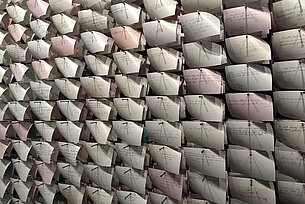
Enduring
Documenting educational work
The practice of education is both complex and ephemeral. It arises from careful consideration and experience with topics and visitors, pursues different institutional and individual goals, employs a wide range of methods, and often takes place in a way that could never be predicted or planned in detail. And yet, what remains of this complex process?
2020
30.11. - 01.12.
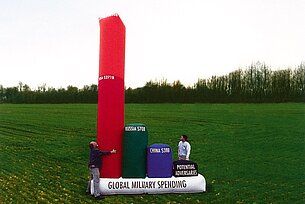
Data on Display
Visualisation as a form of argumentation in exhibitions
In a society that is constantly producing ever greater amounts of data in every imaginable area, information graphics and other types of visualisation are gaining in importance—in exhibitions and museums, too. Regardless of whether it concerns the presentation of global migration flows, climate changes, technical production chains, or artistic relationship networks, the use of diagrams, statistical charts, maps, and other types of graphical representation enable complex issues to be depicted which otherwise could not be grasped using objects alone.
2020
19.10. - 20.10.
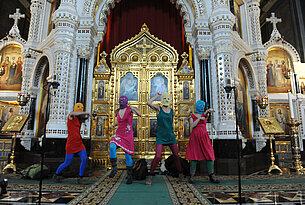
Religion in the Museum
Mediating cultural action
Religion has returned to the stage of public debate. This is also true of museums and exhibitions. In recent years, there has been a significant diversification and opening of this topic. Museums seem to increasingly see themselves as places of encounter and debate on the topic of religion. At the same time, religion has come to be viewed as an everyday practice and cultural action, as well as an area of conflict.
2020
17.09. - 18.09.

Curating and Educating
Models of networked working
The shifting roles of museums in society have also led to structural changes within museums. One of these is the increasing focus of the curatorial field on education, thus blurring the traditional divisions between curators and art & cultural educators.
